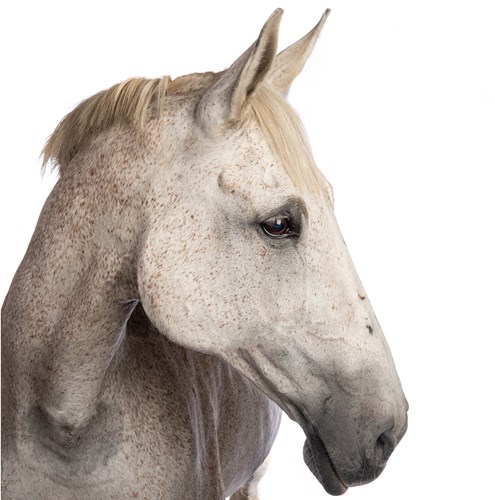
Key Information
CPD Hours: 2 hours
Course Length: Two hours
Course Format: Recorded webinar with a copy of the webinar slides provided
Enrol Now
To register your interest please email cpd@rvc.ac.uk
This course may run again in the future. To register your interest please contact us.
Alternatively you can download and email using our Registration Form
Course Information
Management of acute and chronic pain in equine patients can be challenging. What is pain? How do we recognise pain signs in equine patients? What treatment options are available when drugs may not work and how can they best be incorporated to your equine practice?
Myofascial Pain Syndrome (MPS) and Myofascial Trigger Points (MTrPs) refer to a relatively common chronic muscle pain complaint recognised in human medicine for over 75 years, but is only recently being considered in conventional veterinary medicine. In spite of extensive research in man and experimental animals it's still has an uncertain etiology and pathophysiology. Diagnosis relies mainly on patient signs of reduced range of movement, and pain on palpation through a special technique to find a taut muscle band containing one or more exquisitely tender foci. The various treatments described have only limited evidence of efficacy in man and treatments used in veterinary practice are based on those in man and have not been adequately tested. Direct needling of the MTrPs to elicit a local twitch response (LTR) has the best evidence for positive treatment results in humans and experimental animals. Let’s look at this condition in horses in more detail. This webinar will review the general pathway of pain sensation and the main regulation actors in pain regulations. We will then describe treatments used in managing acute and chronic pain with an emphasis on how physiotherapy and acupuncture can be best integrated in the rehabilitation of these cases and how they can benefit your patients.
Why do this course?
This course is designated for veterinarians involved regularly with lameness/poor performance cases with a special interest in rehabilitation of the equine athlete and increasing the array of treatment they can offer to their client, especially regarding physiotherapy and acupuncture. It is also open to certified acupuncturists, certified physiotherapists, certified nurses and physiotherapy students.
Our extensive library of recorded webinars are great value for busy practitioners seeking quality CPD at a time of their choice and without leaving home. Participants gain access to the webinar for two weeks which allows them to view it at their leisure and convenience as well as review aspects as needed to enhance learning. Participants will receive an electronic copy of the slides to support their viewing session and a CPD certificate.
Members of the BVA Young Vets Network receive a 50% discount on our recorded webinars (subject to availability – ten discounted places available per webinar per year).
Please note: Our anytime Recorded Webinars and Recorded Webinar Plus CPD are regularly reviewed to ensure they are still providing the most up-to-date information. Please therefore activate the webinar within 3 months of purchase as we cannot guarantee availability after this time period. Any recorded webinars that are removed from sale during the 3 month time period we will offer a free replacement.
Melanie Perrier, Dr.med.vet DipDACVS DipDECVS CERP MRCVS
Senior Lecturer in Equine Surgery
The Royal Veterinary College
Dietrich Graf von Schweinitz, BSc DVM CertVetAc MRCVS
ABVA Education Director
To The Point Acupuncture, Guildford
Relevant CPD courses you may find of interest
Webinar Plus: Introduction to equine physiotherapy and rehabilitation
Recorded Webinar Series: Further rehabilitation techniques for the equine practitioner
Recognition of equine pain signs and how acupuncture addresses this and chronic pain physiology
Myofascial pain syndrome and trigger points and Rehabilitation, acute and chronic pain management
Webinar Plus: Equine pain management
Diagnosis and management of common foot conditions
Investigation of poor performance
Practical guide to the use and interpretation of nerve and joint blocks
Shoeing for different conditions
Tendon injuries – first line treatment to long term
The non-weight bearing horse including fracture stabilisation

